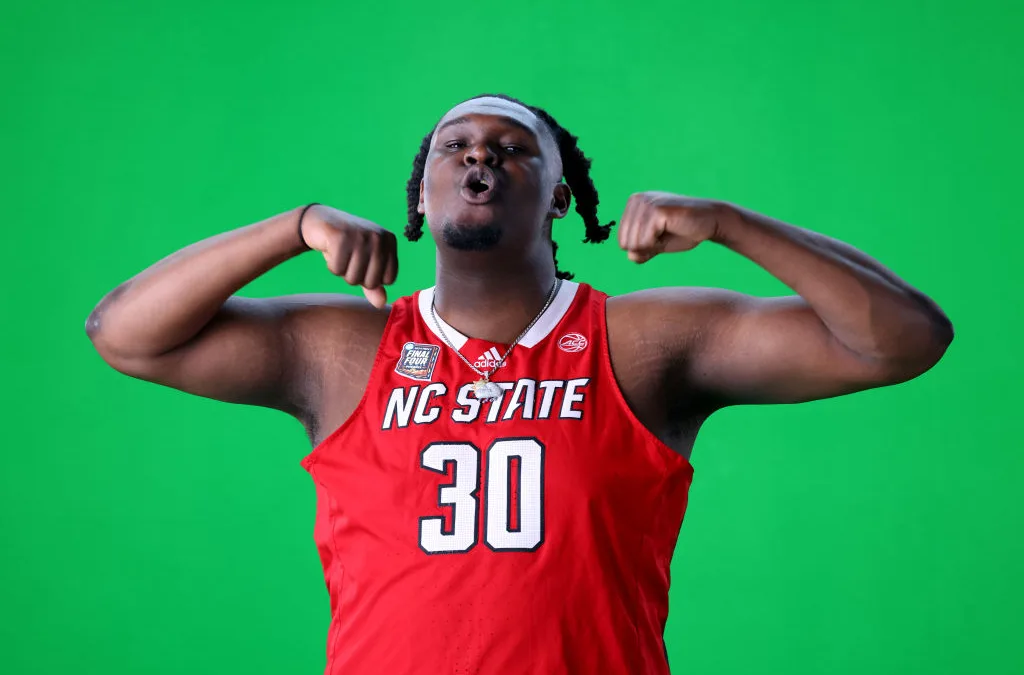
(Image via Shutterstock)
Gov. Cooper delayed reopening announcement Wednesday as coronavirus cases set a new one-day high.
A new poll finds North Carolinians deeply divided about the best way to send students and teachers back to the state’s public schools in the fall.
Residents are split almost evenly between three proposed reopening plans consisting of minimal social distancing, moderate social distancing and remote learning only.
The Elon University poll, conducted in partnership with The News & Observer, Charlotte Observer and Herald-Sun, was released Wednesday amid uncertainty about how the reopening will unfold.
RELATED: Why Roy Cooper Won’t Rule Out School Reopening Amid Coronavirus Surge
Gov. Roy Cooper planned to make an announcement Wednesday about which reopening plan the state would follow, but on Tuesday the governor’s office said Cooper would table his decision for now.
As Cardinal & Pine reported Wednesday afternoon, Cooper said he will delay his decision by two weeks, a choice almost certainly informed by NC’s ongoing surge in coronavirus cases. Wednesday set a new high in lab-confirmed COVID-19 cases with 1,843.
The virus has infected 66,513 North Carolinians and killed 1,373. State officials have cautioned that NC’s poor COVID-19 trends are being driven by relatively younger residents.
Meanwhile, some NC Republican leaders have been calling for schools to resume on Aug. 17 at full capacity.
Get Cardinal & Pine in your inbox. Sign up for the newsletter here.
Under Cooper’s executive order designed to stem the spread of COVID-19, all North Carolina public schools have been closed since mid-March.
Of the three proposed plans, no single option drew majority support from the subjects polled.
Plan A would reopen schools at full capacity, but would also require staff and students to take daily temperature and COVID-19 screening checks. As a result of Cooper’s face mask mandate issued last week, staff and students would also be required to wear face coverings.
Of the poll’s 1,410 respondents — who were contacted on June 24-25 — 34% opted for Plan A.
Under Plan B, schools would operate at 50% capacity. Students would either rotate in and out of classrooms with weekly or daily shifts, or the student body would be split between those attending physical classes and those receiving online instruction.
This hybrid plan drew the most support in the Elon poll at 38%.
Plan C posits that all students would continue online learning until health conditions improve enough for them to return to campus.
This was the least popular choice, drawing only 29% approval.
“The story of COVID-19 has been a story of uncertainty.”
Jason Husser, director of the Elon University poll, told The News & Observer that such a split verdict is rare in polling. He suggested that the complexity of the issue may have determined respondents’ answers.
“The story of COVID-19 has been a story of uncertainty,” Husser offered. “We have so many moving targets about benchmarks. Those moving targets are on people’s minds so people really don’t know how to reopen.”
Of Republicans polled, more supported the full-time Plan A than Democrats (46%-23%). Thirty-three percent of Republicans supported the part-time Plan B, while only 21% were on board for Plan C’s fully online instruction.
But the partisan divide between respondents may not be as stark as it seems.
“That still meant more than 50% [of Republicans] wanted something other than full-time school.” Husser said.
Republican leadership is reportedly much more bullish on in-class instruction.
In a press release Tuesday, the party’s Senate leaders urged Cooper to send students back to brick-and-mortar schools.
“We urge Gov. Cooper to follow the recommendations of the American Academy of Pediatrics and reopen schools on August 17 for in-classroom instruction,” the press release stated.
In its guidelines, the AAP “strongly advocates that all policy considerations for the coming school year should start with a goal of having students physically present in school.”
Regardless of which plan Cooper picks, schools may choose to implement stricter measures than the governor’s choice, but they cannot be more lenient.
Politics

Op-ed: Michele Morrow poses a huge threat to NC public schools
Students with disabilities would particularly suffer if Michele Morrow were to become the state Superintendent of Public Instruction, Susan Book...

Biden makes 4 million more workers eligible for overtime pay
The Biden administration announced a new rule Tuesday to expand overtime pay for around 4 million lower-paid salaried employees nationwide. The...
Local News

The 5 most believable UFO sightings ever reported in North Carolina
Read about five alien encounters that may forever remain unexplained. When you think of the most common places where you might hear a UFO sighting...

Good News Friday: It’s a good day to be a fan of the NC State Wolfpack
The men's and women's teams will compete for a national championship in college basketball this weekend. Plus: How to watch the solar eclipse, and...




